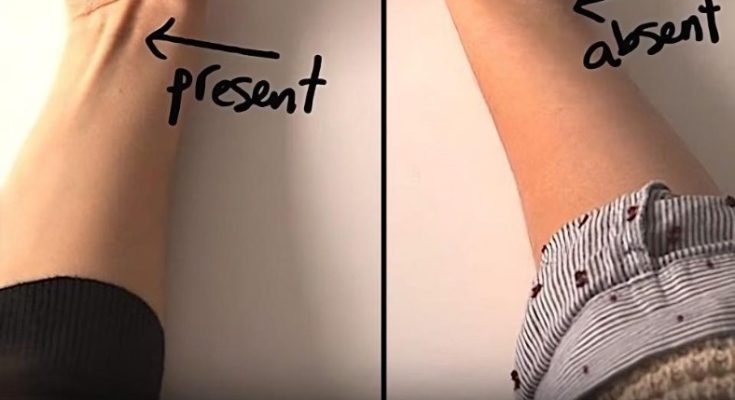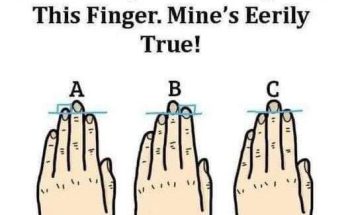Evolution is an intriguing and enigmatic phenomenon, one that can be both fascinating and challenging to fully comprehend. The idea that all mammals, including ourselves, are interconnected in a grand evolutionary tapestry is captivating. Where do we find the proof of this interconnectedness, this shared heritage that links us to our distant ancestors?
The answer, perhaps surprisingly, lies within our very own bodies. Our physical forms are veritable time capsules, containing remnants and relics of our evolutionary past. From the peculiar experience of getting goosebumps to the presence or absence of a specific tendon in our wrists, our bodies harbor a wealth of clues that reveal the story of how we came to be.
One of the most intriguing evolutionary vestiges we carry is the phenomenon of goosebumps. When you experience that strange sensation of your skin prickling and the tiny hairs on your arms standing on end, you’re witnessing a direct link to your mammalian ancestors.
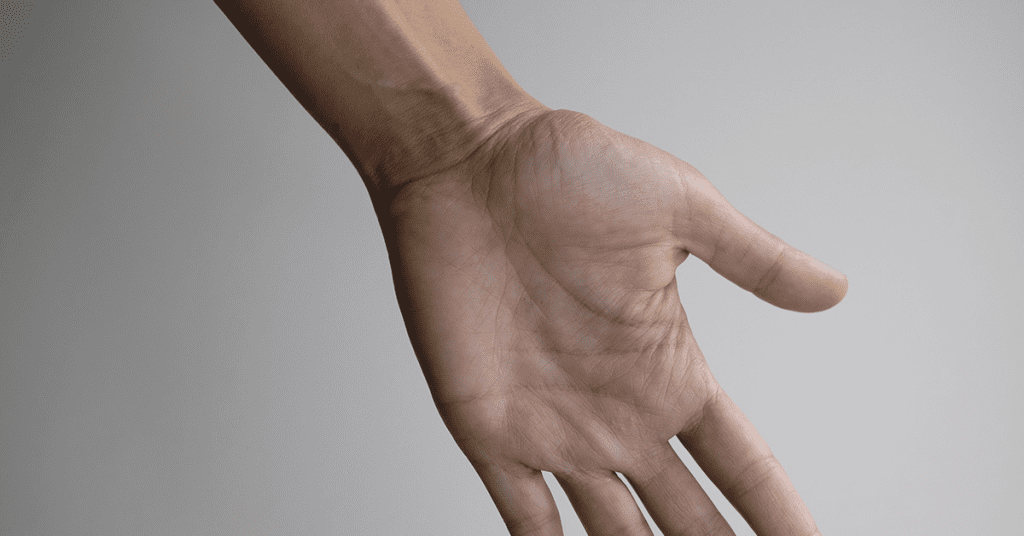
In our furry forebears, this physiological response served a crucial purpose – to increase their surface area and retain heat in cold temperatures. A muscle connected to the hairs on their arms would contract, causing the hairs to stand upright and creating those distinctive bumps on the skin.
This mechanism was an essential adaptation for our ancestors, who often had to brave the elements as they scavenged for food or wandered as nomads. However, in our modern, climate-controlled lives, this trait no longer serves a significant practical purpose. Yet, we still retain this remnant of our evolutionary past, a physiological quirk that reminds us of our shared heritage with the great mammals of old.
Another fascinating evolutionary relic can be observed in the way animals respond to perceived threats. When an animal, such as a cat, feels threatened, you’ll notice its fur will puff out. This defense mechanism is an ancient adaptation aimed at creating the illusion of a larger, more imposing size, deterring potential attackers.
This behavior is not limited to our feline companions; it can be observed in a variety of mammals and even birds. Take the humble pigeon, for example. On a chilly winter day, you might notice a pigeon puffing out its feathers, creating a fluffy, plump appearance. This is the same evolutionary instinct at work, a remnant of a time when maintaining warmth and appearing larger was crucial for survival.
These subtle, yet captivating, displays of evolutionary vestiges remind us that our bodies are not merely vessels for our conscious minds; they are living, breathing archives of our ancestral journey.
Perhaps one of the most remarkable pieces of evidence for evolution lies within our arms, specifically in the tendons that connect our muscles to our bones. Buried deep within our wrists, there is a tendon that has been evolutionarily phased out in nearly 10-15% of the human population.
This tendon is associated with an ancient muscle known as the palmaris longus, which was predominantly used by our arboreal primate ancestors, such as lemurs and monkeys, to aid in their movement from branch to branch.
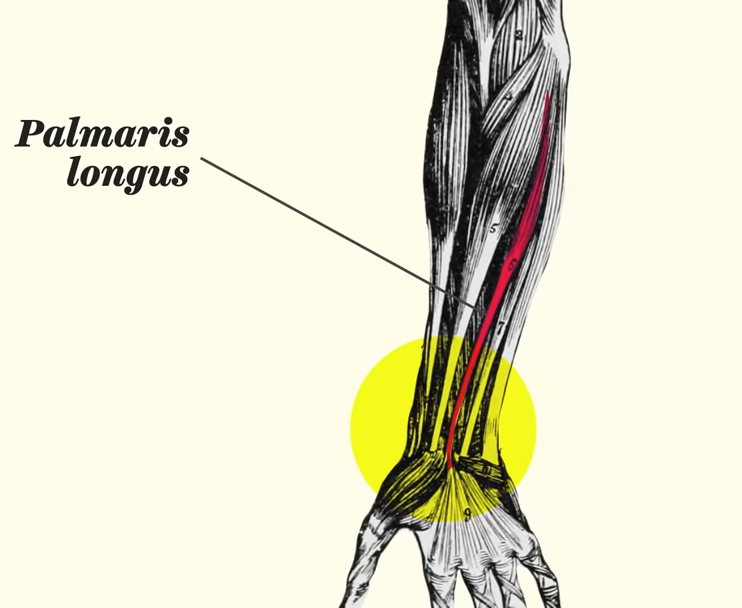
As humans and ground-dwelling apes like gorillas no longer rely on this muscle or tendon, both species have gradually been losing this internal function. Nonetheless, evolution operates at its own pace – slowly – and nearly 90% of humans still retain this vestigial trait passed down from our primate forebears.
To check if you possess this tendon, place your forearm on a table with your palm facing upwards. Touch your pinky finger to your thumb and slightly lift your hand off the surface. If you observe a raised band in the middle of your wrist, you have the tendon connected to the still-existing palmaris longus.
If you do not see this tendon, congratulations – you are showcasing an evolutionary change! The presence or absence of this tendon offers a fascinating connection to our ancestral lineage, with those possessing it carrying a tangible link to our evolutionary past, and those without it representing tangible evidence of ongoing human evolution.
The ways in which our bodies retain traces of our evolutionary history never cease to amaze us. It’s remarkable to consider how our physical features, even those which seem insignificant or obsolete, can reveal profound insights into our evolutionary journey.
Take, for instance, the strange feeling of getting goosebumps. This physiological response, while no longer serving a significant purpose in our modern lives, is a direct link to the survival mechanisms of our furry ancestors. Similarly, the way animals puff out their fur or feathers when threatened is a testament to the enduring power of evolutionary adaptations.
And then there’s the captivating case of the palmaris longus tendon – a vestigial remnant that connects us to our primate past. The presence or absence of this tendon not only tells a story of our evolutionary heritage but also serves as a tangible marker of ongoing human evolution.
These evolutionary breadcrumbs, scattered throughout our bodies, invite us to peel back the layers of our own physiology and uncover the secrets of our primal predecessors. They remind us that we are not merely autonomous beings, but products of a grand, interconnected evolutionary narrative that spans millennia.
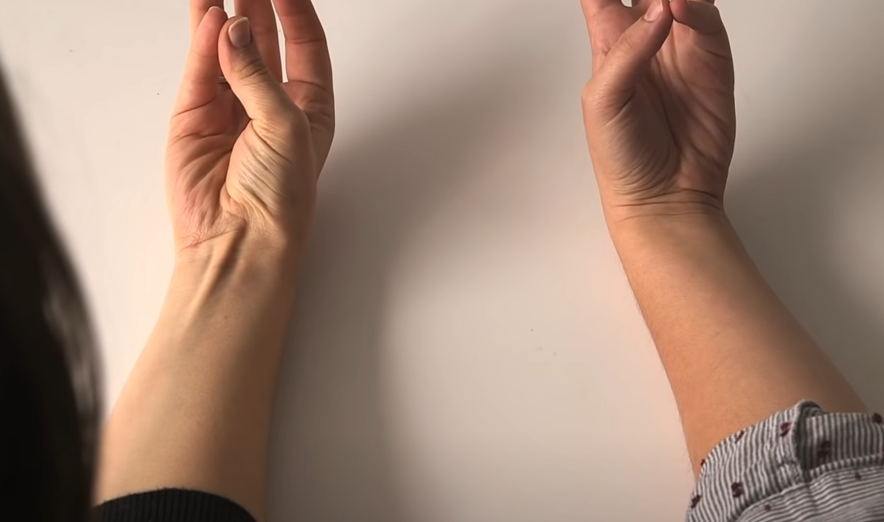
As we delve deeper into the mysteries of our own bodies, we are met with a profound sense of awe and wonder. The fact that we can trace the origins of our physical features back to our ancient ancestors is a testament to the power and resilience of life on Earth.
These evolutionary relics, these quirks and peculiarities that we carry within us, are not merely curiosities or evolutionary leftovers. They are living, breathing reminders of the remarkable journey that has brought us to where we are today.
By embracing and understanding these evolutionary vestiges, we can gain a deeper appreciation for the interconnectedness of all life on our planet. We can marvel at the incredible adaptability and resilience of our species, and the ways in which we have been shaped by the forces of natural selection over countless generations.
Moreover, these evolutionary breadcrumbs offer us a unique perspective on the ongoing process of human evolution. As we continue to adapt and change, shedding some traits and retaining others, we are actively participating in the grand tapestry of life.
So, the next time you feel the strange sensation of goosebumps, or witness a cat puffing out its fur in response to a perceived threat, take a moment to reflect on the extraordinary evolutionary journey that has brought us to this point. For within these seemingly insignificant quirks lies the story of our shared heritage, a testament to the enduring power of life itself.
The human body is a remarkable vessel, one that carries within it the echoes of our evolutionary past. From the peculiar experience of goosebumps to the presence or absence of a specific tendon in our wrists, our physical forms are veritable time capsules, revealing the extraordinary journey that has brought us to where we are today.
By embracing these evolutionary vestiges and understanding the profound connections they hold to our ancestral lineage, we can gain a deeper appreciation for the interconnectedness of all life on our planet. These quirks and peculiarities are not merely curiosities, but living, breathing reminders of the incredible adaptability and resilience of our species.
As we continue to evolve and change, shedding some traits and retaining others, we are actively participating in the grand tapestry of life. And by acknowledging and celebrating the evolutionary breadcrumbs that lie within us, we can truly appreciate the remarkable story of our origins and the incredible potential that lies ahead.
